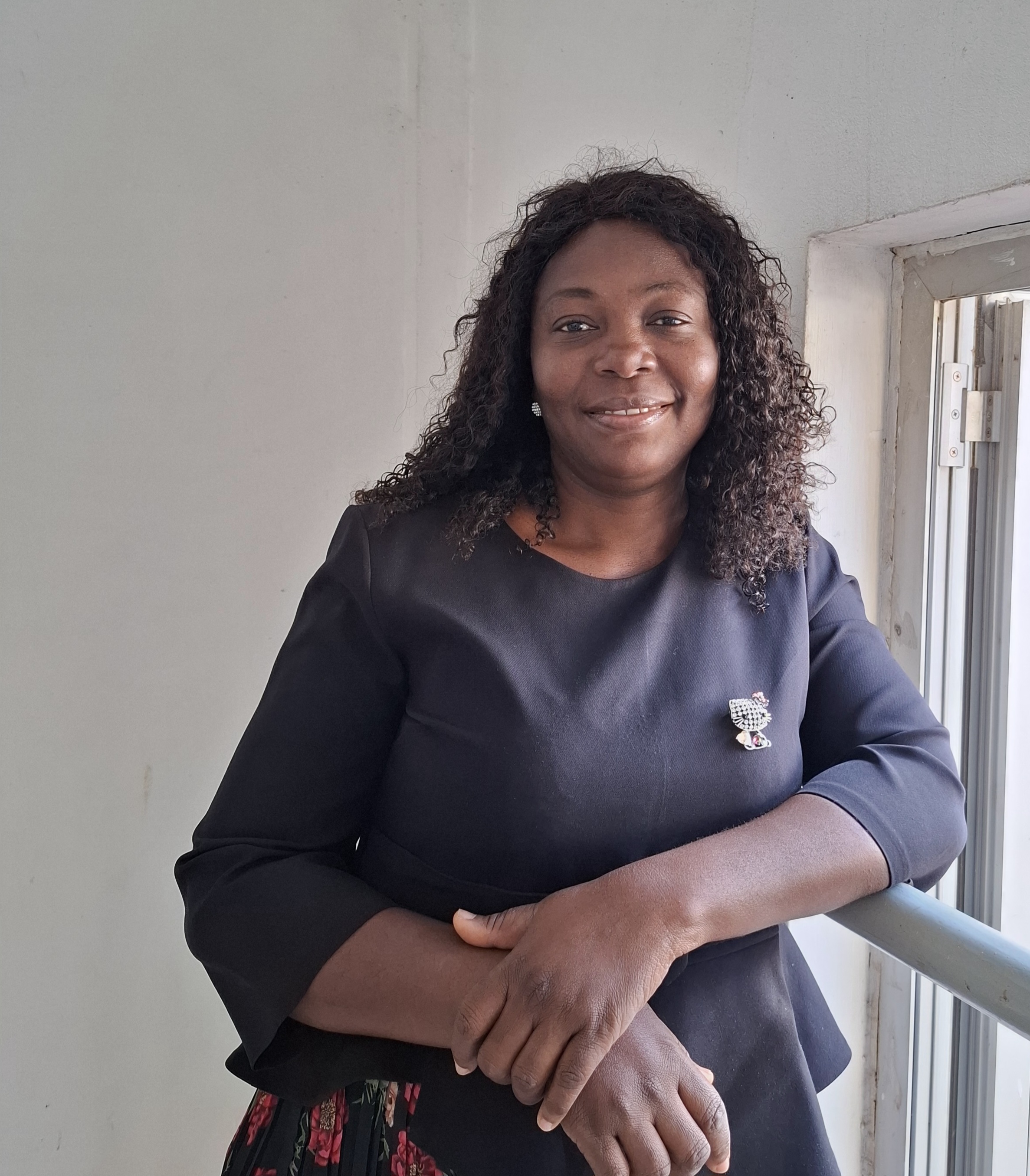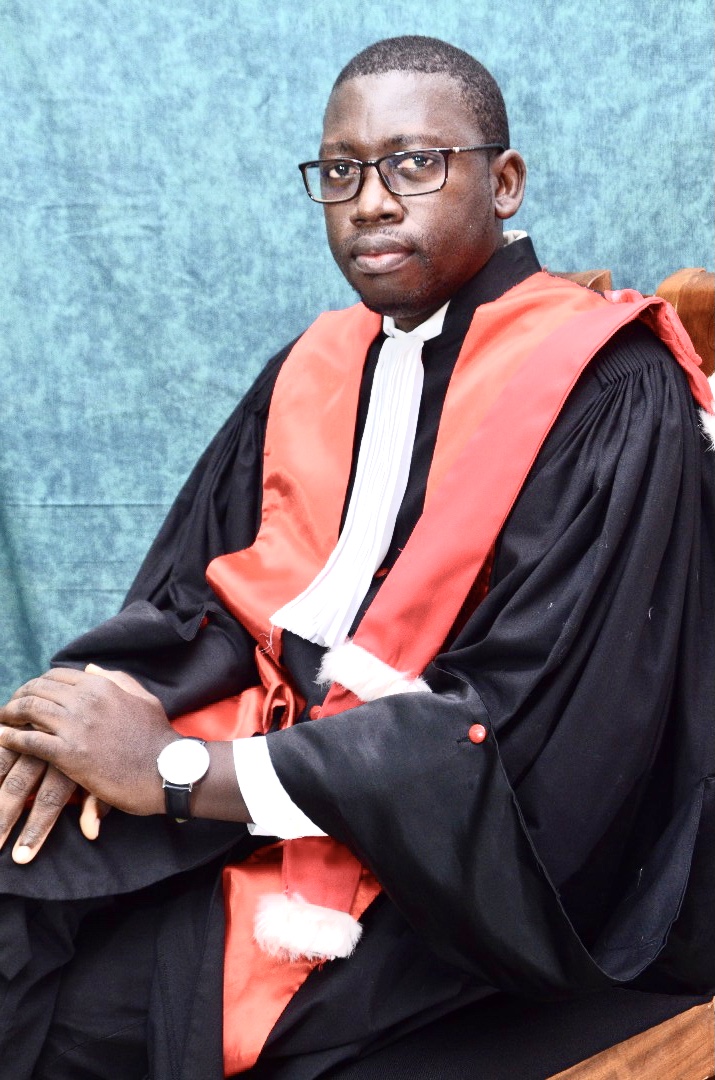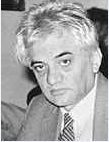Case Report
Unusual Brain Abscess-A Case Report and Insight into The Nuances of Management
- A. Shobhana *
Department of neurology, Consultant, Critical Care, Stroke, Tropical Neurology, Institute of Neurosciences Kolkata.
*Corresponding Author: A. Shobhana,Department of neurology, Consultant, Critical Care, Stroke, Tropical Neurology, Institute of Neurosciences Kolkata.
Citation: Shobhana A. (2025). Unusual Brain Abscess- A Case Report and Insight into The Nuances of Management, International Journal of Medical Case Reports and Reviews, BioRes Scientia Publishers. 5(2):1-5. DOI: 10.59657/2837-8172.brs.25.079
Copyright: © 2025 A Shobhana, this is an open-access article distributed under the terms of the Creative Commons Attribution License, which permits unrestricted use, distribution, and reproduction in any medium, provided the original author and source are credited.
Received: February 02, 2025 | Accepted: March 03, 2025 | Published: April 05, 2025
Abstract
A 37-year-old male came to the emergency on early January 2019 with sudden onset right hemiparesis and aphasia of a few hours’ duration. He had been suffering from headache and vomiting for the last four days. He was detected with diabetes two years ago and was on insulin. He had a gall stone operation twenty years ago. At that time, he had suffered from pancreatitis as well. Recently he had been suffering from abdominal pain and was found to have pancreatic duct calculi and underwent pancreatic duct stenting just four days prior to the current presentation. On examination, he was afebrile, conscious with motor aphasia, and right hemiparesis 1/5 with all vitals stable. He was admitted for evaluation.
Keywords: blood; brain; Strock
Introduction: Case report
Routine blood investigations were within normal limits (of note here, TCWBC- 8400, Neutrophils-84%, ESR- 35 mm in the first hour, CRP- 0.9) except the blood sugar which was controlled with insulin. A contrast MRI of the brain revealed a space-occupying lesion in the left frontal lobe and another smaller lesion on the right side having features consistent with a brain abscess (fig.1). As it was producing a large mass effect, surgery was planned. Meanwhile, he was started on intravenous Ceftriaxone and Vancomycin along with Metronidazole.
Figure 1(a): contrast enhanced MRI brain in Jan 2019 showing large rim enhancing lesion in the left frontal region, left centrum semiovale and corona radiata with significant perilesional edema and mass effecteffacing laft lateral ventricle. Smaller lesion with similar characters seen inright corona radiate
Figure 1(b): MR spectroscopy shows lipid lactate peak within the lesion. Imaging suggestive of abscess
Endoscopic aspiration and biopsy of the lesion was done under navigation guidance in a couple of days. Pus aspirate yielded gram-positive cocci, initially reported as Staphylococcus spp. However, culture identified it as Kocuria spp. by Vitek 2 systems. MTB gene Xpert. acid fast stains, TB culture, fungal stain, and cultures were negative. He was continued on parenteral Vancomycin for four weeks and dexamethasone (4mg thrice followed by tapering dose) for three weeks. Later he was switched over to oral Flucloxacillin (4 Grams/day in four divided doses). However, two weeks after oral medications he came back with fever and, worsening headache. MRI brain with contrast showed the lesion to be smaller in size but the perilesional edema was significant. Further surgical intervention was ruled out. He was put back on parenteral Flucloxacillin and dexamethasone. He improved and was discharged on oral dexamethasone and intravenous Flucloxacillin. In mid-March 2019 he came back with right-sided focal motor seizures, right upper motor neuron facial paresis and right pronator drift. He had stopped dexamethasone on his own. MRI brain showed a decrease in size of the lesion but there was perilesional edema and mass effect. Parenteral Flucloxacillin was continued along with intravenous dexamethasone 4mg twice daily. In four days, he was neurologically better and converted to oral dexamethasone tapered over two weeks. He received totally eight weeks of parenteral Flucloxacillin. MRI brain in mid-April 2019 (Fig.2b) showed significant decrease in the size of the lesion and edema.
Figure 2(a): contrast MRI brain in feb 2019 showing reduction in size of the lesion, thinner Peripheral enhancement, significant perilesional edema persists
Figure 2(b): contrast MRI brain in April 2019 showing significant reduction in size of the abscess, thin rim enhancement, blooming, mild perilesional edema.
He was clinically much better with no neurological deficits; Lesions were resolving radiologically. He was diabetic with a pancreatic stent (foreign body) in situ and was being planned for stent replacement. Hence oral fFucloxacillin was continued for twelve weeks more. In between his pancreatic stent was maneuvered, replaced, and finally removed. A contrast-enhanced CT scan (CECT) of the brain in June- July 2019 (Fig 3) brain revealed a complete resolution of the lesion. He remains on regular follow-up to date. He has no neurological deficits, is back to his workplace and on oral antidiabetic medications.
Figure 3(a): CECT Brain June 2019 showing resolving lesion, very small residual abscess in left frontal lobe with some enhancement in the lesion.
Figure 3 (b): CECT Brain in July 2019 showing complete resolution of lesionA brain abscess is a focal suppurative collection within the brain parenchyma beginning as cerebritis and later surrounded by a well-defined vascularized capsule. The incidence of bacterial brain abscess is about 0.3-1.3/per 100,000 persons per year with a male predominance [2,3]. Focal central nervous system (CNS) infections include brain abscess, subdural empyema and infectious thrombophlebitis [1,3]. The clinical features depend on the route of spread of infection, CNS location, and severity of raised intracranial pressure (ICP) [1,4]. Causative organisms include bacteria, fungi, protozoa, and helminths. A brain abscess may develop 1) directly by spreading from a contiguous focus of infection like paranasal sinusitis, otitis media, or dental infections 2) following a head trauma or a neurosurgical procedure 3) as a result of hematogenous spread from a remote site of infection. In a few cases no primary source is identified. In a study on bacterial brain abscesses in India the most frequently identified bacteria were Streptococci (12–42%), Staphylococci (3–31%), Enterococci (7–14%), and gram-negative bacteria (9–23%), including Escherichia coli, Klebsiella, Enterobacter, Citrobacter, Proteus, and Pseudomonas. Anaerobic bacteria (2–41%) such as Peptostreptococcus, Bacteroides, Peptococcus, and Fusobacterium, were also isolated in some studies. Nocardia and fungi were seen in 1 to 3% of samples Mycobacterium tuberculosis was isolated from 5% and 10% of brain abscess samples in two studies. However, some centers have reported a predominance of tubercular abscesses as India is an endemic zone [5]. Kocuria are gram-positive cocci, morphologically similar to both Staphylococci and the Micrococci belong to the family Micrococcaceae. It inhabits the skin and mucous membranes of humans and animals [6]. It was thought to be non-pathogenic. However, recently many cases of superficial and invasive infections due to this innocuous organism have been reported in both immunocompetent and immunocompromised patients. Reported infections include urinary tract infections, cholecystitis, catheter-associated bacteremia, dacryocystitis, canaliculitis, keratitis, native valve endocarditis, peritonitis, descending necrotizing mediastinitis, brain abscess and meningitis [7,8,9,10,11]. It has been a major concern in hospital acquired infections. Kocuria is commonly misidentified as Coagulase-negative Staphylococci (CoNS) but it can be differentiated by morphological, cultural characteristics, and differential antibiotic discs. Multiplex PCR systems can identify this organism. Usually, isolates are sensitive to commonly used antibiotics for gram-positive infections. However, drug resistance is being increasingly reported [7]. Reports of brain abscesses caused by Kocuria are rare [8,12]. Our patient was a young diabetic with pancreatic stent in situ. He was susceptible to infection by unusual organisms as diabetes is an immunosuppressed state. His brain abscess is probably hematogenous in origin from the intervention done during pancreatic stenting. We could not identify the subspecies due to lack of facilities. Kocuria infections causing cholecystitis is reported Kocuria brain abscesses reports are very few the treatment of brain abscesses has mainly revolved around antibiotics [11,12]. In a recent article, it has been observed that the role of surgery has undergone a sea change starting from literature dating back to 1856 [13]. Currently, needle aspiration and antibiotics are the preferred choice with surgical extirpation performed in some cases. The duration of antibiotics is often individualized with a minimum of four to six weeks. Our patient underwent endoscopic aspiration. Since the abscess persisted there was a discussion about repeated aspiration. However, surgeons preferred conservative treatment with prolonged antibiotics. He did have a stormy course with repeated focal deficits and seizures due to mass effects. Administration of steroids was a challenge in this diabetic subject. However good glycaemic control was maintained with subcutaneous insulin therapy. As the pancreatic stent was in situ and was replaced, antibiotics were continued for a prolonged period, almost six months to prevent further seeding and till there was radiological resolution of the lesion contrary to the traditional teaching of four to six weeks of antibiotics. After five years this young diabetic with a brain abscess is leading a normal life and is on regular medical follow-up.
References
- Tunkel AR. (2010). Approach to the Patient with Central nervous System Infection. In Mandell GL, Bennett JE, Dolin R, editors, Mandell,Douglas,and Bennet’s principles And Practice of Infectious Diseases, Vol 1.Philadelphia. Churchill Livingstone (Elsevier),1183-1188.
Publisher | Google Scholor - Tunkel AR. (2010). Brain Abscess. In Mandell GL, Bennett JE, Dolin R, editors, Mandell, Douglas, and Bennet’s principles And Practice of Infectious Diseases, Vol 1. Philadelphia. Churchill Livingstone (Elsevier), 1265-1278.
Publisher | Google Scholor - Roos KL, Tyler KL. (2015). Meningitis,Encephalitis, Brain Abscess, and Empyema. In Kasper DL, Fauci AS, Hauser SL, Longo DL, Jameson JL, Loscalzo J, editors, Harrison’s Principles of Internal Medicine, McGraw Hill, 883-905.
Publisher | Google Scholor - Brouwer CM, Tunkel AR, McKhann II GM, van de Beek D. (2014). Brain Abscess. N Engl J Med, 371:447-56.
Publisher | Google Scholor - Ravikumar R, John DV. (2019). Brain Abscess in the Current Decade. in India—A Review. Indian Journal of Neurosurgery,10(2).
Publisher | Google Scholor - Kandi V, Palange P, Vaish R, et al. (2016). Bacterial Infection: Identification and Clinical Significance of Kocuria Species. Cureus, 8(8): e731.
Publisher | Google Scholor - Ahmed NH, Biswal J, Roy P, Grover K. (2014). Kocuria kristinae, an unusual pathogen causing opportunistic infections in patients with malignancy. Indian Journal of Medical Microbiology, 32(4): 456-458.
Publisher | Google Scholor - Montoya JEM, Moran MAM, Ardila JAB, Henao PGC, Rodriguez EEM, Meza GAC. (2017). Brain abscess by Kocuria rosea: Case report and literature review. Interdisciplinary Neurosurgery: Advanced Techniques and Case Management, 7: 59-61.
Publisher | Google Scholor - Tewari R et al. (2013). Kocuria Kristinae in Catheter Associated Urinary Tract Infection. Journal of Clinical and Diagnostic Research, 7(8):1692-1693.
Publisher | Google Scholor - Lakshmikantha M, Devki V and Yogesh C. (2015). Is Kocuria kristinae an upcoming pathogen? Int.J.Curr.Microbiol.App.Sci, 4(4):885-889.
Publisher | Google Scholor - Edmond SK Ma, Chris LP Wong, Kristi TW Lai, Edmond CH Chan.WC Yam and Angus CW Chan. (2005). Kocuria kristinae infection associated with acute cholecystitis. BMC Infectious Diseases, 5:60.
Publisher | Google Scholor - Tsai et al. K. (2010). ocuria varians infection associated with brain abscess: A case report BMC Infectious Diseases 2010; 10:102.
Publisher | Google Scholor - Wijdicks EFM. (2024). The History of Treating Cerebral Abscesses: Sir William Macewen’s Optimism. Neurocrit Care.
Publisher | Google Scholor





















